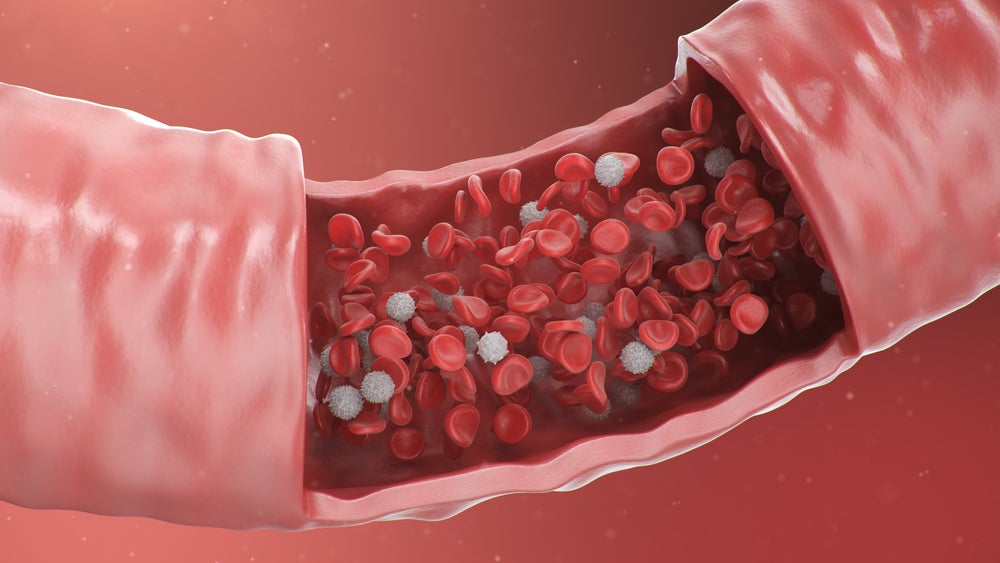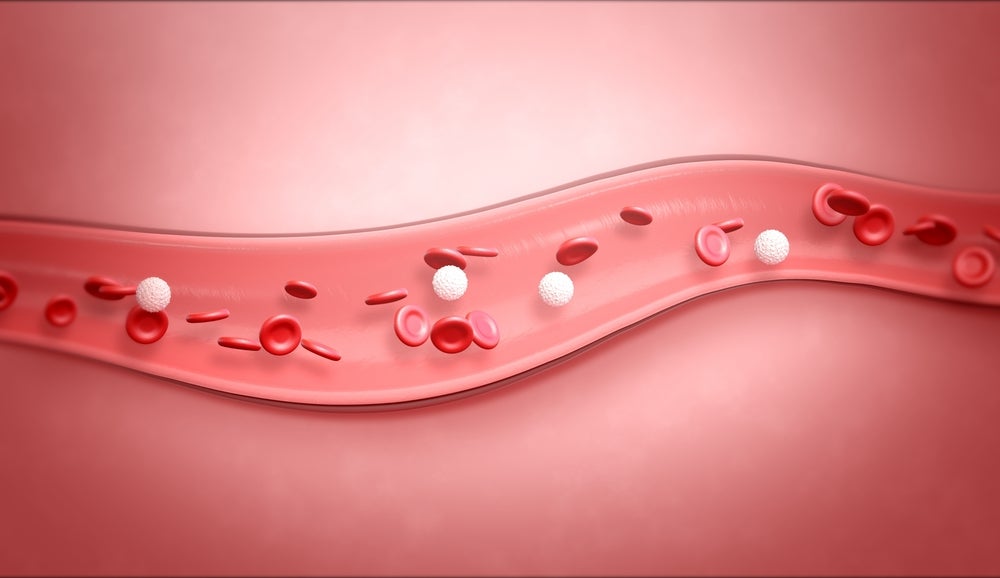Economical, effective and secure exchange of patient generated data is not only achievable, it is now a reality. The introduction of the Personal Connected Health Alliance now provides a proven set of guidelines ready for implementation by device manufacturers, health services developers and healthcare providers alike.
It was almost 10 years ago when a group of companies lead by Intel® got together to form the Continua Health Alliance. Their goal was to solve a problem that has impacted healthcare for many years: Interoperability. One can argue that the lack of interoperability of medical and healthcare devices has prevented or at least delayed major innovations that are second nature in the consumer space. Everybody can take high quality pictures with his or her Smartphone and share those in seconds with anybody around the world; they can store it, print it, attach it, embed it, and even edit it. The founding members of Continua realized that more work needs to be done to ensure the transmission of health and wellness data is safe, secure and private while maintaining its integrity and consistency, especially under the aspect that data exchange involves multiple interfaces utilizing diverse technologies. The organization’s mission is to “[establish] an ecosystem of interoperable personal health systems that empower individuals and organizations to better manage health and wellness”. This mission placed the empowerment of individuals at the center.
Today, personalized healthcare holds the promise of overall cost reduction, better clinical outcomes, and improved standards of care. Personal connected health (PCH) creates the informational and motivational environment for health improvements.Technology used in PCH allows for secure lines of communication between individuals and healthcare providers outside the exam room, movingcare from episodic to data driven, on-demand consultations.Care happens between doctor visits. PCH enables not only remote monitoring but also therapy adjustments and clinical decision support (CDS). PCH goes beyond medical devices. It includes health, wellness and lifestyle information from an ever-increasing number of wearables and sensors. This consumer collected data has the potential to enrich overall healthcare for individuals and whole populations. Linking social networks and PCH becomes a source for positive reinforcement fostering the engagement in disease – and health – selfmanagement.
The concepts and features of Personal Connected Health applied to the clinical trial space can create tangible value. Utilizing technologies to connect the clinical trials stakeholders (e.g. physician, study coordinator, oversight bodies, etc.) and creating a communication network around the patients reduces the burden on the study subjects, hence improving compliance and engagement, which contributes significantly to the overall improvement of quality and productivity, whilst reducing cost. Availability of ubiquitous telecommunication and remote monitoring systems reduces or even eliminates the need for frequent face-to-face visits and therefore enables clinical trials to expand from urban even into rural areas. The introduction of small, reliable and easy-to-use medical devices for patient self-monitoring and treatment opens new possibilities to collect real-time and real world data directly in the patients’ home or even on the go. The fast growing wearable devices and mobile apps market adds another dimension of opportunities by providing access to supplementary information.
Realizing the importance of PCH (and that interoperability is critical for successful implementation of PCH), Continua joined forces with the Healthcare Information and Management Systems Society (HIMSS) to found the Personal Connected Health Alliance (PCHA). Their aim was to promote the broad adoption of the Continua design guidelines for PCH. Today, the Personal Connected Health Alliance (PCHA) is the leading organization convening, constraining and advocating global technology standards, advising developers of end-to-end interoperable solutions for personal connected health. It publishes the Continua Design Guidelines that clearly define interoperable interfaces that enable the secure flow of medical data among sensors, gateways, and end services, removing ambiguity in underlying healthcare standards, and ensuring consistent implementation through product certification. Maintaining close relationships to formal standards organizations like IEEE, HL7, ITU-T, W3C and technology and industry groups like Bluetooth, USB, IHE, ZigBee, NFC, GSMA, the Continua Design Guidelines build an open standards-based implementation framework for end-to-end interoperability.
How well do you really know your competitors?
Access the most comprehensive Company Profiles on the market, powered by GlobalData. Save hours of research. Gain competitive edge.

Thank you!
Your download email will arrive shortly
Not ready to buy yet? Download a free sample
We are confident about the unique quality of our Company Profiles. However, we want you to make the most beneficial decision for your business, so we offer a free sample that you can download by submitting the below form
By GlobalDataSee Also:
Continua’s fundamental architecture is best characterized by three interfaces:
- The Personal Health Devices Interface is defined by the IEEE 11073 Personal Health Device (PHD) family of standards for data format and exchange between the sensor and the gateway. The IEEE 11073-104xxdevice specializations includes 17 profiles, e.g. blood pressure-, ECG-, glucose-, INR-, activity-,medication-monitoring, etc.This family of standards ensures that users of the data along the whole ecosystemknow exactly what was measured where, when, and how. It also makes sure critical information is not lost as it is transported from the sensor, across the gateway and, ultimately, to the electronic health record system.
- Continua’s architecture is also defined as a Services Interface centered on the ‘Integrating the Healthcare Enterprise (IHE) PCD-01 Transaction’ to move data between a Personal Health Gateway and Health & Fitness Services.The Services Interface allows the uploading of the data gathered at the patient point of care to include personal health device observations, the exchange of questionnaires and responses, and the management of consent directives over a wide area network via HTTP and RESTful interfaces. The design guidelines ensure interoperability by constraining the IHE profile specifications and the HL7 messaging standards and providing implementation guidance to developers. Independent interface certification ensures adherence to the correct guidelines
- A Health Information Service Interface is centered around or defined by the Health Level 7 International (HL7)-based Personal Health Monitoring Report (PHMR) to move information between a Health and Fitness Service and Healthcare Information Service provider (e.g. EHR).
Apart from addressing the three levels of interoperability – foundational, structural and semantic interoperability which are fundamental for data normalization, end-to-end security, privacy and data integrity across all interfaces and transport technologies in the ecosystem are of great concern for the PCHA.
The Continua Design Guidelines specifyand continuously update state-of-the-art security and privacy technologies. It uses a combination of identity management, consent management and enforcement, entity authentication, confidentiality, encryption, integrity and authentication, non-repudiation of origin, and auditing specific and adapted for each interface.
For example, data confidentiality and integrity across the Personal Health Devices Interface is achieved via the underlying network communication technology associated with each device. A PHD interface employing the ZigBee standard would implement security mechanisms per the ZigBee Healthcare Profile. The Bluetooth Smart® transport would utilize Bluetooth Smart® security mechanisms such as Passkey Entry Pairing, Out-of-Band Pairing, association models, key generation, and encryption.
Data Authentication, Authorization, Integrity, Confidentiality, Privacy, Availability, Accessibility and Traceability may be incorporated into the IEEE 11073 device specializations and would be supported in the Continua Design Guidelines.
The PCHA’s Continua Design Guidelines are the only international initiative to establish a secure end-to-end ICT framework for personal connected healthcare. It combines open standards and independent certification of vendor’s implementation to help ensure secure and authentic interoperability across the Personal Connected Health ecosystem.
Acknowledgement of the quality, usability and applicability comes from two distinct positions. The ITU-T publishes the Continua Design Guidelines as formal standard H.810 Interoperability Design Guidelines for Personal Health Systems. Secondly, the ministries of health in both Denmark and Norway use the CDG’s as framework for their health IT architecture for Personal Connected Health. These countries have demonstrated that the Continua framework is scalable and ready for large scale implementation and they will soon require vendors to comply Continua Design Guidelines. A number of countries around the world are on the trajectory to follow the Nordic example.The commitment of the demand side toward pen standards based interoperability provides unique business opportunities which should serve as encouragement for developers and manufacturers to adopt and implement the Continua Design Guidelines in their devices, services and systems.
For further information contact the Personal Connected Health Alliance website.
*Horst Merkle is the Director of Diabetes Management Solutions at Roche Diagnostics, and also serves as Chair of the Board of Managers at Personal Connected Health Alliance PCHA








